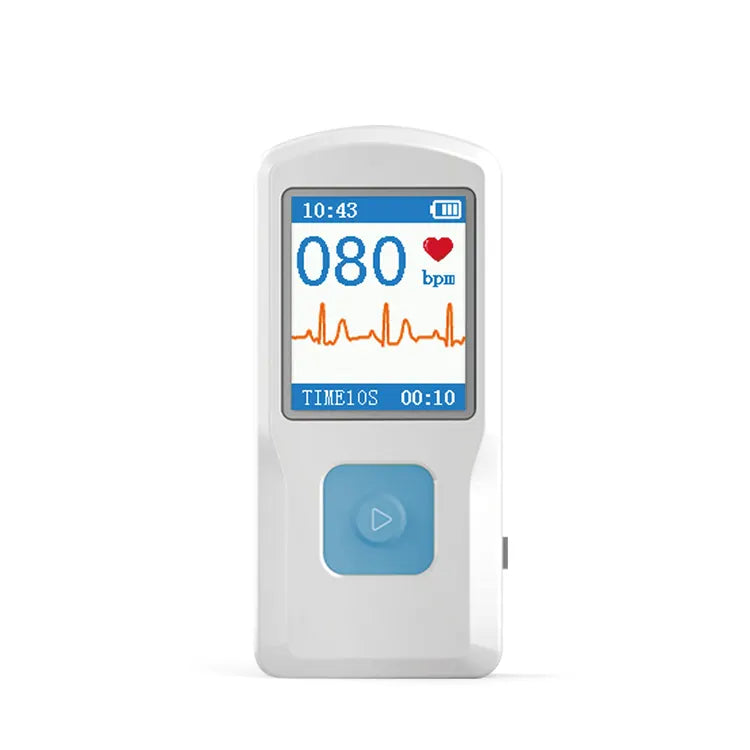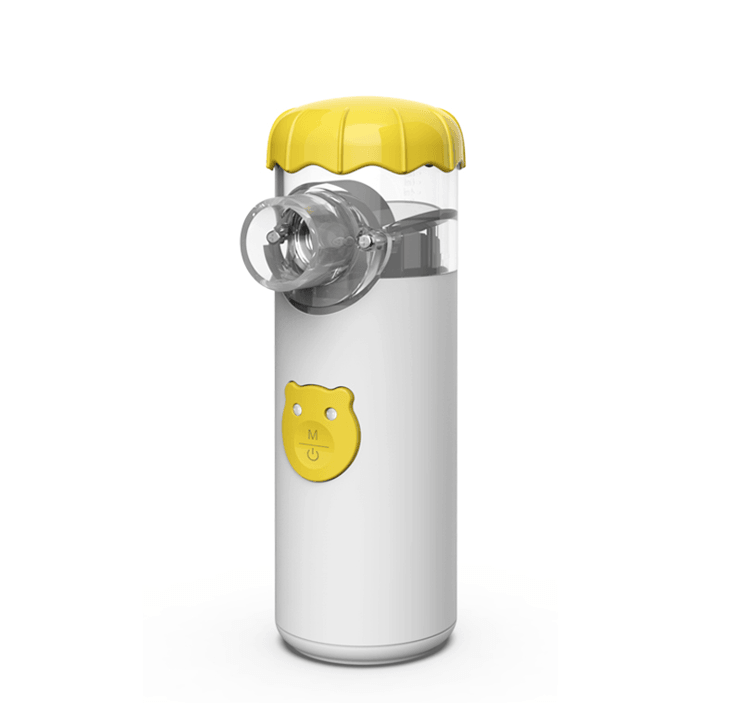Decoding QMSR FDA & ISO 13485 Harmony

On February 23, 2022, the FDA introduced a proposed rule for the forthcoming Quality Management System Regulation (QMSR).
The proposed QMSR aims to align the existing good manufacturing practice (cGMP) requirements of the FDA's Quality System Regulation (QSR) with ISO 13485:2016, the internationally recognized standard for medical device quality management systems.

This development has generated significant excitement within the medical device industry, as discussions about harmonizing FDA's QSR with ISO 13485 have been ongoing since 2018. Now, it appears that progress is being made.
Jeff Shuren, the director of the FDA's Center for Devices and Radiological Health (CDRH), recently spoke at the annual conference of the Food and Drug Law Institute (FDLI) in Washington, DC. During his speech, Shuren discussed the ongoing activities of his center and expressed his desire to publish the final rule within this year.
"It is a matter of high priority, and we are optimistic about releasing it by the end of this year," Shuren stated before the audience.
Shuren's objective of finalizing the rule coincides with the timeline outlined in the current unified agenda, which anticipates December 2023 as the expected publication date for the final rule.
Nevertheless, this proposed rule represents a significant milestone towards achieving harmonization, fulfilling the long-awaited expectations of medical device professionals.
Now, let's get to the heart of the matter: why is the FDA striving for harmonization, what are the anticipated changes, and how will this impact medical device companies?

The Motivation behind QMSR
Over the past two decades, ISO 13485 has undergone several revisions, while the QSR has remained largely unchanged since its release in 1996.
In the proposed rule, the FDA acknowledges that "regulatory expectations for a QMS have evolved since the current part 820 was implemented over 20 years ago" and states that by incorporating ISO 13485 by reference, they aim to explicitly require internationally recognized regulatory expectations for QMS in devices under FDA's jurisdiction.
The FDA has been attentive to the revisions made to ISO 13485 over the years and finds that the 2016 version of the standard closely aligns with the requirements of 21 CFR Part 820. ISO standards are regularly reviewed every five years to assess the need for updates, and the current version of ISO 13485 was last confirmed in 2020.
The FDA repeatedly emphasizes in the proposed rule that the QMS requirements in Part 820 and ISO 13485 are largely similar, stating that "where ISO 13485 diverges from the current part 820, these differences are generally consistent with the overall intent and purposes behind FDA's regulation of QMSs."
Harmonizing the two standards and eliminating redundancy and inefficiency is a logical step for the FDA to take, considering the challenges faced by many medical device companies in meeting the requirements of both the QSR and ISO 13485.
The agency believes that this harmonization will contribute to "regulatory simplicity and global harmonization" and will reduce burdens on regulated industries, thereby improving patients' access to necessary devices in a more efficient manner.
Additionally, the FDA estimates that harmonization will save medical device companies at least $439 million over the next decade by alleviating the compliance burden currently faced by companies that have to adhere to both standards.
QMSR vs. QSR
FDA's proposal to incorporate ISO 13485 "by reference" introduces significant changes to 21 CFR Part 820, as the new Quality Management System Regulation (QMSR) will reference specific requirements from ISO 13485:2016.According to FDA, the proposed rule includes additional definitions, clarification of concepts, and additional requirements that would necessitate compliance within a manufacturer's QMS, in addition to ISO 13485.
The good news is that many of these changes are semantic and do not alter the fundamental QMS requirements for medical device companies. For example, the term "device master record" is omitted from the current proposal since it is not utilized in ISO 13485, and the concept behind it is adequately covered by ISO 13485's requirement for a medical device file.
However, there are instances where terms and definitions in ISO 13485 may create inconsistencies with the Federal Food, Drug, and Cosmetic Act and its implementing regulations. In such cases, FDA's definitions will supersede those of ISO 13485. For instance, "device" and "labeling" will supersede the definitions for "medical device" and "labelling" in ISO 13485.
The FDA's perspective on the integration of Part 820's definitions with those of ISO 13485 can be found in Section 5, Part B of the proposed rule.
Additionally, the proposed rule introduces several new sections in Part 820, including:
- Section 820.7 - Incorporation by reference
- Section 820.10 - Requirements for a quality management system
- Section 820.15 - Clarification of concepts
- Section 820.35 - Control of records
- Section 820.45 - Device labeling and packaging controls
One notable difference between ISO 13485:2016 and the QSR is the emphasis on risk management in the international standard. FDA expects manufacturers to integrate risk management activities throughout their QMS and product lifecycle. However, ISO 13485 explicitly establishes these requirements. By incorporating ISO 13485 by reference, the new QMSR will explicitly emphasize the importance of risk management in design controls.
Implications of QMSR for Medical Device Companies
As the FDA proposes the transition from the Quality System Regulation (QSR) to ISO 13485, it is essential to understand the potential impact on medical device manufacturers. However, it's worth noting that the FDA already considers ISO 13485 to be substantially similar to the current QSR.While it is prudent to monitor the proposed rule and subsequent revisions that may emerge during the public comment period, it is crucial to recognize that this transition does not entail a complete overhaul of your Quality Management System (QMS). The objective of this harmonization is to simplify processes for everyone involved.
Here are a few key points to consider regarding the proposed rule for harmonizing the FDA QSR with ISO 13485:2016:
- Once the rule is finalized, there will be a one-year waiting period before it becomes effective.
- The proposed rule would replace the current QSIT with an approach that aligns with the new requirements of the QMSR.
- FDA intends to harmonize the QSR with ISO 13485:2016, the latest version of the ISO standard. Any future revisions to ISO 13485 will be evaluated by the FDA before being incorporated into the QMSR.
- Harmonization with ISO 13485 does not automatically lead to the issuance of an ISO 13485 certification of conformance after an inspection. Similarly, if a manufacturer already holds an ISO 13485 certification, it does not exempt them from FDA inspections.
It is crucial to bear in mind that this is a proposed rule, and all aspects are subject to potential modifications. Nonetheless, it presents an excellent opportunity to understand how the FDA perceives the relationship between the QSR and ISO 13485 and their current plans for harmonization.
Staying informed about the FDA's views and the proposed harmonization process can help medical device manufacturers navigate any future changes effectively.
PS: If you'd like our team to customize new products with FDA, ISO, MDR, and more, please contact insights@medasiagroup.com.
WE RECOMMEND
Related posts
- Subscribe MedInsights
- Subscribe MedInsights
- Subscribe MedInsights
- Subscribe MedInsights
- Subscribe MedInsights










